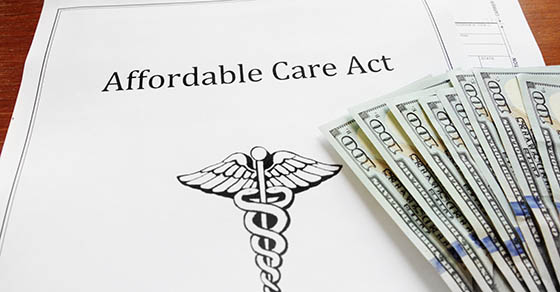April 18 is the deadline for filing your 2022 tax return. But a couple of other tax deadlines are coming up in April and they’re important for certain taxpayers:
- Saturday, April 1 is the last day to begin receiving required minimum distributions (RMDs) from IRAs, 401(k)s and similar workplace plans for taxpayers who turned 72 during 2022.
- Tuesday, April 18 is the deadline for making the first quarterly estimated tax payment for 2023, if you’re required to make one.
Here are the basic details about these two deadlines.
Taking a first RMD
RMDs are normally made by the end of the year. But anyone who reached age 72 during 2022 is covered by a special rule that allows IRA account owners and participants in workplace retirement plans to wait until as late as April 1, 2023, to take their first RMD. For an IRA, you must take your first RMD by April 1 of the year following the year in which you turn 72, regardless of whether you’re still employed.
You may have heard the age for beginning RMDs went up. Under the Setting Every Community Up for Retirement Enhancement 2.0 Act (SECURE 2.0), the age distributions must begin increased from age 72 to age 73 starting on January 1, 2023. But if you turned 72 during 2022, you must take your first RMD by April 1.
If your RMDs in any year are less than the required amount for that year, you’ll generally be subject to a penalty.
Making estimated tax payments
You may have to make estimated tax payments for 2023 if you receive interest, dividends, alimony, self-employment income, capital gains or other income. If you don’t pay enough tax during the year through withholding and estimated payments, you may be liable for a tax penalty on top of the tax that’s ultimately due.
Individuals must pay 25% of their “required annual payment” by April 15, June 15, September 15, and January 15 of the following year, to avoid an underpayment penalty. If one of those dates falls on a weekend or holiday, the payment is due the next business day. For example, this year the filing deadline is April 18 for most taxpayers because April 15 falls on a Saturday and April 17 is a holiday in the District of Columbia.
The required annual payment for most individuals is the lower of 90% of the tax shown on the current year’s return or 100% of the tax shown on the return for the previous year. However, if the adjusted gross income on your previous year’s return was more than $150,000 ($75,000 if you’re married filing separately), you must pay the lower of 90% of the tax shown on the current year’s return or 110% of the tax shown on the return for the previous year.
Generally, people who receive most of their income in the form of wages satisfy these payment requirements through the tax withheld from their paychecks by their employers. Those who make estimated tax payments generally do so in four installments. After determining the required annual payment, they divide that number by four and make four equal payments by the due dates.
But you may be able to use the annualized income method to make smaller payments. This method is useful to people whose income isn’t uniform over the year, for example because they’re involved in a seasonal business.
Staying on track
Contact us if you have questions about RMDs and estimated tax payments for your 2022 tax return. We can help you stay on track so you aren’t liable for penalties.
DISCLAIMER:
This material has been prepared for informational purposes only, and is not intended to provide, and should not be relied on for, accounting, legal or tax advice. The services of an appropriate professional should be sought regarding your individual situation.




